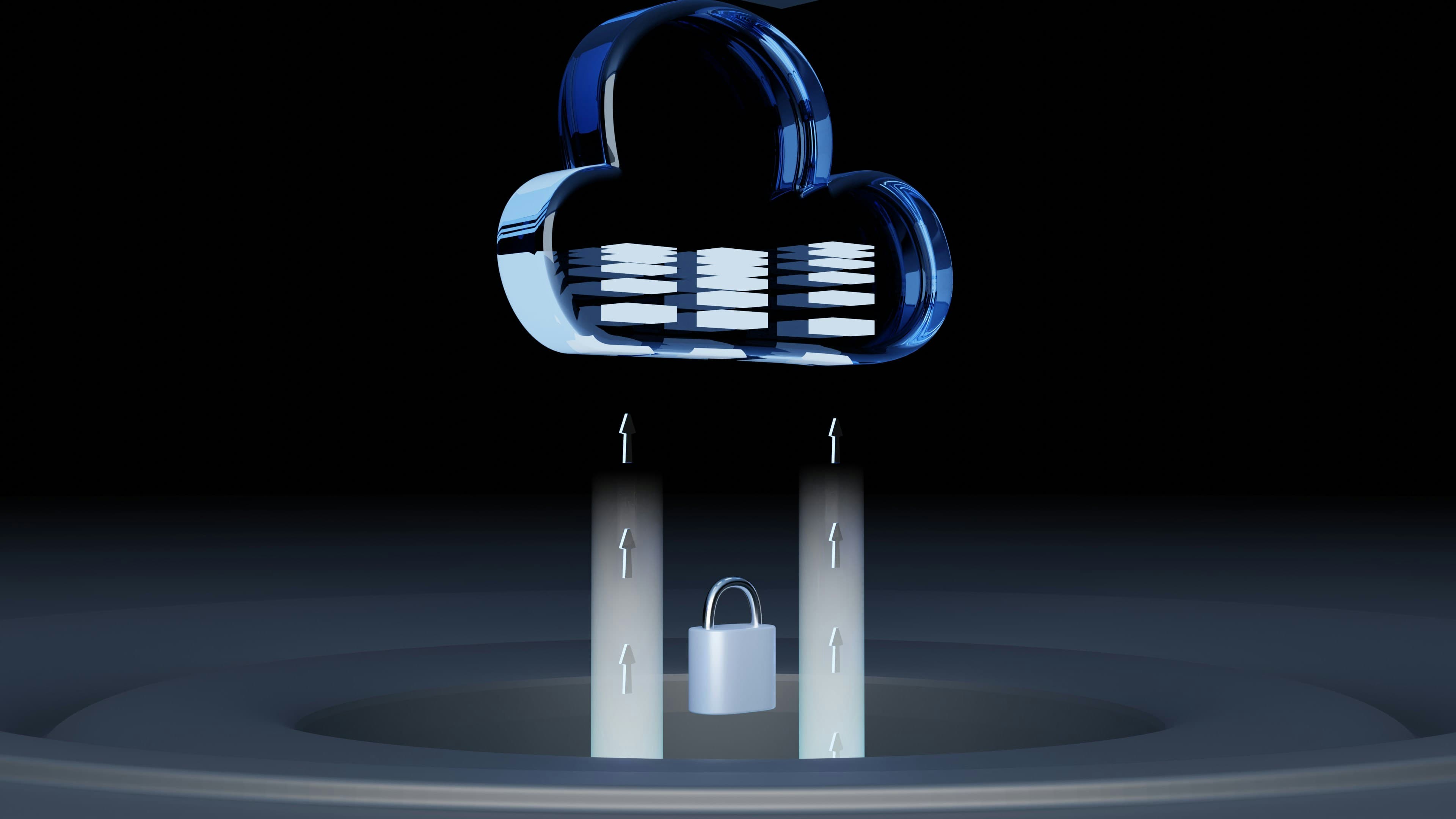Enterprises often hesitate between security and convenience when choosing digital asset management (DAM). This article compares on-premise and cloud DAM deployment methods, covering enterprise DAM deployment comparison, digital asset management security assessment, and cost ROI analysis to help balance security, efficiency, and budget.

Problem: When enterprises choose a DAM platform, how do they balance digital asset management security with operational convenience?
Solution: On-premise DAM suits enterprises requiring extreme data control, but involves higher maintenance and update costs. Cloud DAM offers superior advantages in collaboration efficiency, flexibility, and ROI, while ensuring security through international certifications and encrypted sharing. Enterprises should evaluate based on industry characteristics, team size, and compliance requirements.
Key Data: During Black Friday promotions, a cross-border beauty brand used cloud DAM to enable simultaneous access to 15,000+ advertising assets across 7 global markets, reducing average asset retrieval time from 25 minutes to 3 minutes and improving deployment efficiency by 65%. After adopting cloud DAM, a FMCG brand compressed overseas advertising asset approval and distribution cycles from 5 days to 8 hours, increasing ROI by over 40%.
For industries like finance, healthcare, and defense, data often involves highly sensitive information. On-premise deployment gives enterprises physical-level data control, with servers deployed in internal data centers or private cloud environments, and all operations directly monitored by enterprise IT departments.
Real Case: A tertiary hospital's radiology department adopted on-premise DAM, storing 500TB+ medical imaging data on internal servers, ensuring absolute patient privacy security and meeting regulatory requirements for medical data to remain within the hospital.
Value Insight: On-premise DAM can minimize external intrusion risks in special scenarios, but demands extremely high IT infrastructure and maintenance team capabilities.
Many enterprises worry about cloud DAM data breaches, but mature vendors typically ensure digital asset management security through multi-layered security systems:
Real Case: A cross-border jewelry brand manages millions of dollars worth of high-resolution product images and design drafts through MuseDAM, using encrypted sharing features to distribute assets to 120+ global distributors, achieving "share equals authorization, automatic expiration," with zero security incidents over 3 years.
In MuseDAM, cloud mode security design has reached financial-grade standards, helping users securely host core assets while enjoying convenience.
👉 Learn more about MuseDAM encrypted sharing
When enterprises choose DAM deployment methods, common conflicts include:
A cross-border apparel brand used on-premise DAM. Before "Double 11" promotions, a Japanese market designer needed to urgently access autumn-winter series high-resolution images shot in Europe at 11 PM. However, due to unstable VPN connections and a 2-hour internal network access permission approval process, assets couldn't be obtained in time, causing Japan site ad deployment to delay 12 hours and missing the optimal traffic window.
After switching to cloud DAM: Team members instantly accessed the global shared asset library through browsers, designers in Japan, Europe, and America could synchronously edit and download, overseas ad deployment response speed shortened from 2 days to 4 hours, and ROI increased 50% during promotions.
A beverage brand needed to simultaneously launch new product ads in 6 Southeast Asian countries. The marketing team stored 200+ localized assets (posters, videos, packaging images in different language versions) on local servers. Overseas agents had to apply via email each time and wait for IT departments to manually upload to FTP, averaging 3 days.
After adopting cloud DAM: Through permission control, assets for different countries were assigned to corresponding agents, supporting online preview and one-click download, asset distribution efficiency improved 80%, and new product launch cycle shortened by 2 weeks.
Value Insight: On-premise DAM is more like a "safe," with extremely high security but limited flexibility, suitable for "high security, low change" scenarios.
Value Insight: Cloud DAM is more like a "highway," allowing assets to flow efficiently through secure channels, helping enterprises quickly adapt to market changes, especially suitable for "fast-paced, scalable" businesses.
One-Time Investment Cost (First Year): $50,000-130,000
Ongoing Maintenance Cost (Annual): $30,000-65,000
5-Year Total Cost of Ownership (TCO): Approximately $200,000-450,000
Subscription Fees (Pay-As-You-Go):
Hidden Cost Savings:
5-Year Total Cost of Ownership (TCO): Approximately $15,000-110,000
Value Conclusion:
Best practice isn't "choose one," but finding balance through these strategies:
Ensure the platform has ISO 27001, SOC 2 Type II, MLPS 3.0 certifications, establishing a security baseline.
Real Case: A cross-border fashion group adopted "hybrid mode," storing design draft source files on-premise while synchronizing authorized marketing assets to cloud DAM, protecting core IP while supporting 500+ global stores to access latest materials in real-time, achieving optimal balance of security and efficiency.
Start → Mandatory localization compliance requirements?
├─ Yes → Choose On-Premise DAM
└─ No → Need cross-border/high-frequency collaboration?
├─ Yes → Sufficient IT budget ($200,000-450,000/5 years)?
│ ├─ Yes → Can choose on-premise (not recommended)
│ └─ No → Strongly recommend Cloud DAM ✅
└─ No → Evaluate cost preference
├─ Prefer one-time investment → On-premise
└─ Prefer subscription → Cloud DAM ✅
Through these three steps, enterprises can quickly determine whether on-premise deployment, cloud, or hybrid mode is more suitable.
On-Premise DAM refers to enterprises storing digital asset management software and data on their own servers or private cloud environments, with internal IT teams responsible for maintenance, upgrades, and security management. Suitable for industries requiring extremely high data control.
Cloud DAM (Cloud-Based DAM) refers to using digital asset management services through SaaS (Software as a Service) platforms, with data stored on vendor security servers, supporting access anytime, anywhere through browsers or mobile devices, without enterprises building IT infrastructure.
Through international certifications, permission control, encrypted sharing, and trail auditing, ensuring data is not misused.
Recommend using the "Three-Step Assessment Method":
Without mandatory localization requirements and needing high-frequency collaboration, cloud DAM offers superior advantages in security, efficiency, and cost.
Schedule a demo now to experience permission control and encrypted sharing, and see how to significantly improve team collaboration efficiency while ensuring digital asset management security, achieving cost-controlled SaaS mode.